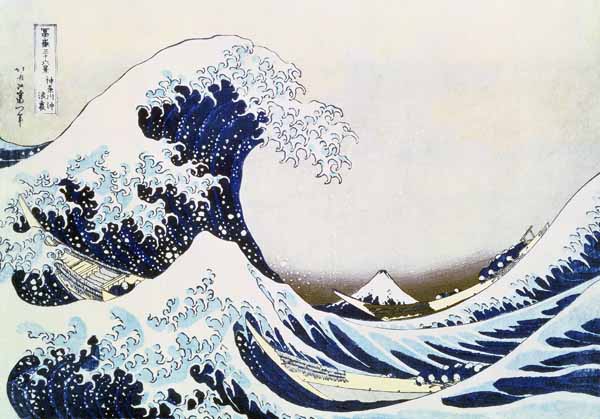
Persian miniatures are tiny paintings from the 14th and 17th centuries which were mostly featured in manuscripts. They were extremely expensive to commission, and therefore only belonged to the rich and elite. They cost was due to the expensive materials used and the large amount of time it took for artists to complete a miniature (some could take up to a year to complete!) They were made using gold and silver leaf, very bright colors, and lots of detail.
In the comments section of this post, choose one Persian Miniature and either an example of Islamic Calligraphy or a Ukiyo-e print. Compare and contrast the artistic styles of the two, with emphasis on the calligraphy (if you chose a calligraphy example) or the figures (if you chose Ukiyo-e.) Then, comment on at least two of your classmates' posts.








